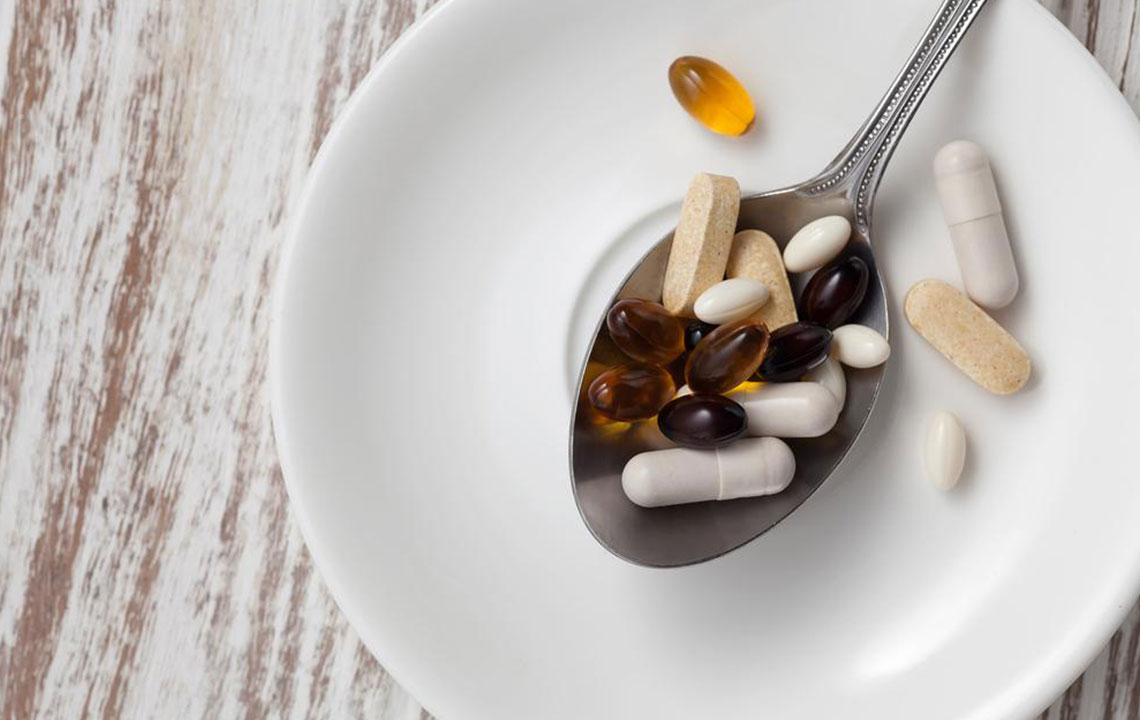Benefits and Precautions of Vitamin D Supplements

Vitamin D is very important for everyone to lead a healthy and longer life. Vitamin D is produced when we are exposed to the sunlight. There are many benefits to us from Vitamin D. The deficiency of Vitamin D can lead to many diseases and abnormalities in the body such as loss of immunity and problems in menstruation etc.
In equatorial and Asian countries where there is plenty of sunlight all through the year, there are lesser complaints of deficiency of Vitamin D. In countries where there are long winters; many people suffer from the deficiency of Vitamin D.
The amount of Vitamin D needed by the body depends on the age and the body type. The approximate amount of Vitamin D needed by infants is 200 IU and adults is 600 IUs The body absorbs less amount of Vitamin D as we age and so we age, the amount of Vitamin D needed will be more.
Obesity is another factor which makes the absorption of Vitamin D difficult as the fat cells absorb a large amount of Vitamin D. It is advised by doctors and experts to take an approximate amount of 1,000 to 2,000 IUs of Vitamin D in the winter. The intake of Vitamin D is very important when the exposure to the sun becomes less especially in countries with harsh winters.
Vitamin D helps in building the bones, cognitive function, improving the health of the joints. This vitamin also improves in maintaining the immunity, controlling the blood sugar levels, maintaining a positive mood etc. Vitamin D helps in preventing osteoporosis, autoimmune disorders, cardiovascular disease, cancer and many more diseases. It won’t be an exaggeration to say that the lifespan of anyone depends on the intake of Vitamin D. Doctors also recommend the consumption of Vitamin D supplements when there’s an extreme lack of the same.
As all good things, when taken in higher doses have disadvantages. Higher doses of vitamin D can create a dangerous situation in the body by building up calcium in the blood. The high level of Vitamin D builds up the calcium in the blood which can lead to nausea, vomiting, loss of appetite etc.
Vitamin D is fat soluble which increases the risk of storage of this vitamin to higher levels. This may lead to the formation of stones in kidneys, gallbladder, etc. So the intake of vitamin D should always be taken according to the prescription of experts.
Vitamin D is available in cheese, egg yolks and mushrooms, fatty fish, beef liver etc. Vitamin D is also present in cereals, oranges, milk etc. The advantage of taking the natural sources of vitamin D is that there will not be a danger of overdosage. Vitamin D supplements are available as over the counter medications. They are also available in dietary supplements such as protein and nutritional shakes.
Let us look at some of the benefits of Vitamin D:
- The conditions such as underactive parathyroid glands, conditions caused due to low levels of phosphate in the blood, the issues caused by non-functioning of the parathyroid hormone.
- Vitamin D helps the kidneys in recycling phosphate back into the blood, which helps in maintaining the right pH levels in the blood.
- The deficiency of Vitamin D causes rickets which can be avoided by consuming right dosage of Vitamin D supplements.
- Some digestive issues like celiac disease and liver problems can be avoided by consuming right levels of Vitamin D supplements.
- Vitamin D helps in keeping the obesity in control which is a major problem suffered by many people worldwide.
Precautions to be taken while taking Vitamin D supplements:
- It is always better to maintain a gap of 2 hours in between medication related to various other issues and intake of Vitamin D as it helps in avoiding the ill effects.
- It is better to avoid alcohol while taking Vitamin D supplements as it decreases the absorption of this vitamin.
- Grapefruit or Grapefruit juice should be avoided while taking the supplements of Vitamin D.
- The dosage of Vitamin D should not exceed more than 4000 IU per day.
- The best way to take Vitamin D supplements is to take it along with food.
- The dosage of Vitamin D supplements should be 800 to 1000 IU per day if one suffers from osteoporosis or above the age of 50.
People who are bedridden and people who go out rarely have the risk of having low levels of Vitamin D. Vitamin D can also be absorbed by the body when the skin is exposed to the sunlight. But avoid going out in the sun too often as it can cause skin cancers.
It is always better to get vitamin D naturally with the right diet that contains Vitamin D. In case the deficiency of Vitamin D occurs due to any reason, the supplements should be taken based on the prescription of the experts.


